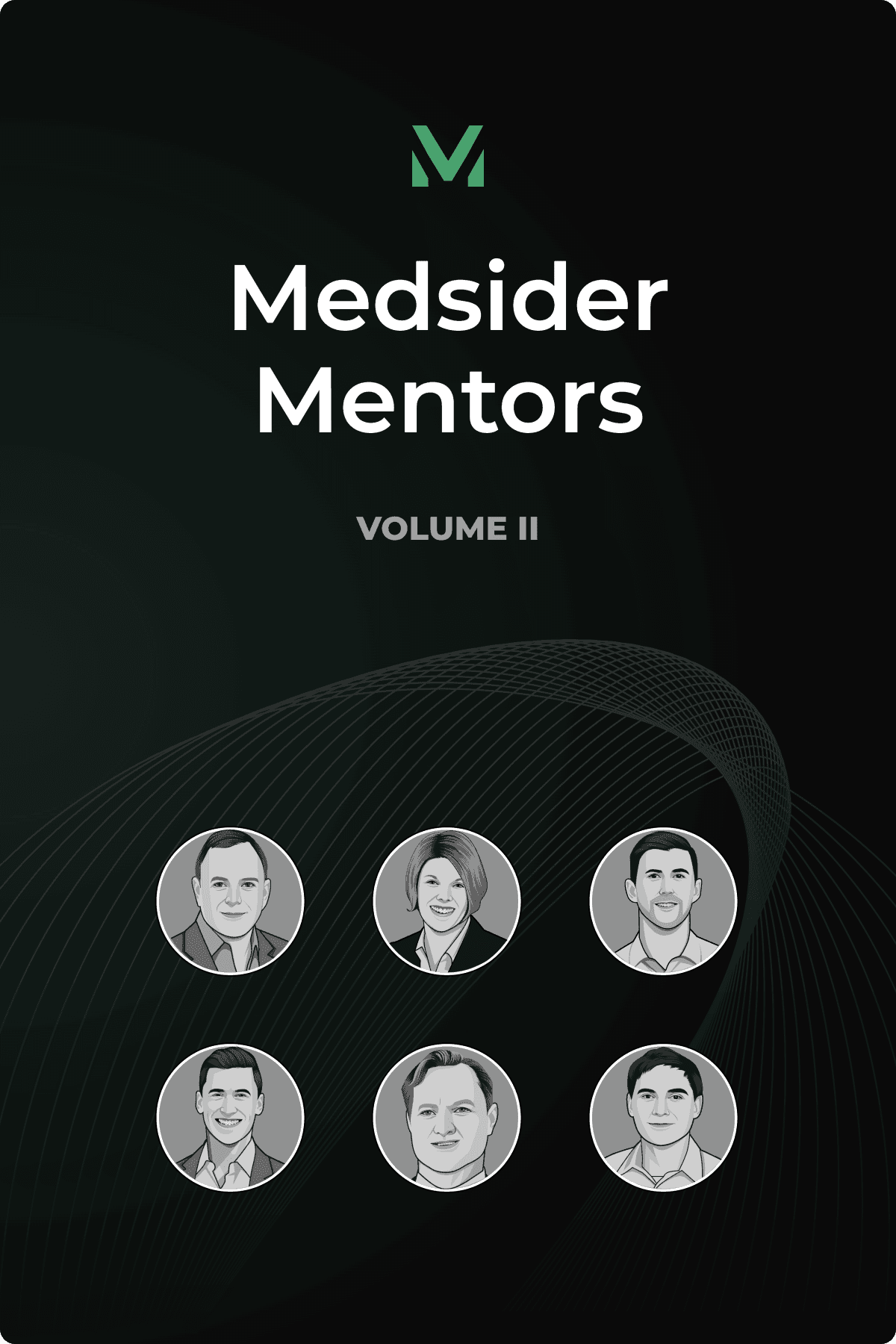Ancient Wisdom Meets Modern Medtech
Interview with Fisher Wallace CEO Kelly Roman

Given his background in marketing, communications, and literature, Kelly Roman’s journey into the life sciences seems unexpected at first. But, it’s exactly what makes him an inspiration for those who want to try their hands in medtech but aren’t born into the field.
Raised as the son of a war veteran and the younger brother of renowned cell biologist Christopher Roman, Kelly grew up attuned to mental health and scientific innovation. He began his academic journey as an English major at Harvard. During this time, he established himself as a gifted marketer, notably building bridges between Bebo, a significant social network of its era, and platforms like billboard.com — which worked wonders compared to regular ads. Subsequently, his literary aspirations led him to pen a graphic novel, Sun Tzu's Art of War, about which he says: “I was living and breathing the art of war for a number of years.” This exposure to ancient strategy inspired him to sail into uncharted territory.
It was when Kelly was wondering what to do next that he met Chip Fisher, heir of an electronic legacy, Fisher Radio. While Chip had a solid foundation in technology, Kelly’s was diverse but more focused on the social sciences. Yet, their collaboration sparked something truly unexpected: Fisher Wallace, a company specializing in neuromodulation devices to treat mental health conditions. "We had very different backgrounds than a typical medical device startup. I think that's actually benefited us," shares Kelly.
Fisher Wallace’s device operates on the principle that the brain's electrical activity can be modulated to restore it to a state of equilibrium. While medications are typically designed to interact with the brain's chemical pathways, this device is designed to rebalance the brain’s functions by sending external electrical impulses. The company’s primary focus has been on treating depression, but the potential of the technology spans a plethora of neurological conditions, including Parkinson's, substance use disorders, anxiety, and insomnia.
On the regulatory side, Fisher Wallace’s first product, version 1.0, was commercialized under a 510(k) clearance. Over its lifecycle, the first version enjoyed considerable commercial success, clocking in sales of 100,000 units, accounting for a commendable $40 million in revenue.
Now the spotlight is on Oak, their newer and more refined iteration, which they’re planning to roll out in research programs before securing final approvals. With the prototype's engineering phase almost complete, Fisher Wallace is poised to introduce Oak into the world, paving the way for its official launch which is targeted for the latter half of 2025.
Key Learnings From Kelly’s Experience
Adaptive thinking and the willingness to explore alternative approaches can yield great results. Whether you’re tackling FDA regulation or capital fundraising, leverage your resources and real-world experience to get to your goals quicker.
Be mindful of the obstacles standing in the way of your device’s potential utilization, no matter how efficacious it is. The only way to create change and ensure long-term market success is to prioritize the needs, comforts, and desires of your end users.
Don’t be afraid to consider remote trials for a cost-effective and expedient approach to FDA clearance or approval, particularly in the field of mental health research.
You May Like These Articles
Medsider Premium
Become a premium member and unlock access to exclusive Medsider benefits.



